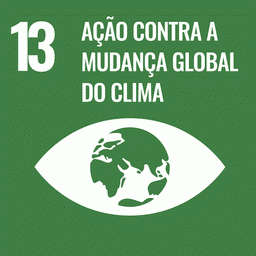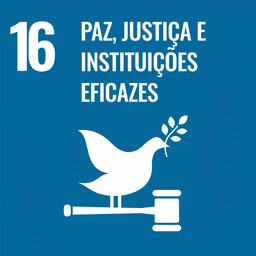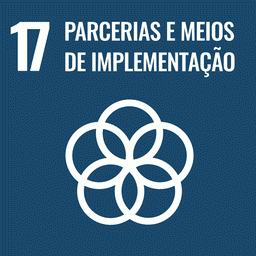Há quase duas décadas, o mecanismo conhecido como REDD+ (Redução de Emissões por Desmatamento e Degradação Florestal), criado no âmbito da Convenção-Quadro das Nações Unidas sobre Mudança do Clima (UNFCCC), tem se mostrado resiliente como proposta para lidar com as emissões de gases de efeito estufa (GEE) provenientes do desmatamento e da degradação florestal em países tropicais do sul global. As iniciativas de REDD+ têm avançado tanto pela abordagem projeto a projeto (project-by-project approach), quanto por Sistemas Jurisdicionais de REDD+ nacionais ou subnacionais.
Um dos componentes mais importantes de um Sistema Jurisdicional de REDD+ são as salvaguardas socioambientais. Sua principal função é reduzir a ocorrência de riscos sociais e ambientais, e promover a inclusão equitativa de gênero, de Povos Indígenas, Quilombolas e Comunidades Tradicionais (PIQCTs) nas estruturas de governança. É fundamental que os gestores responsáveis pela implementação dessa política busquem formas eficazes de prever esses riscos e estruturar mecanismos para evitá-los, reduzi-los ou mitigá-los.
Leia o documento no link abaixo.


